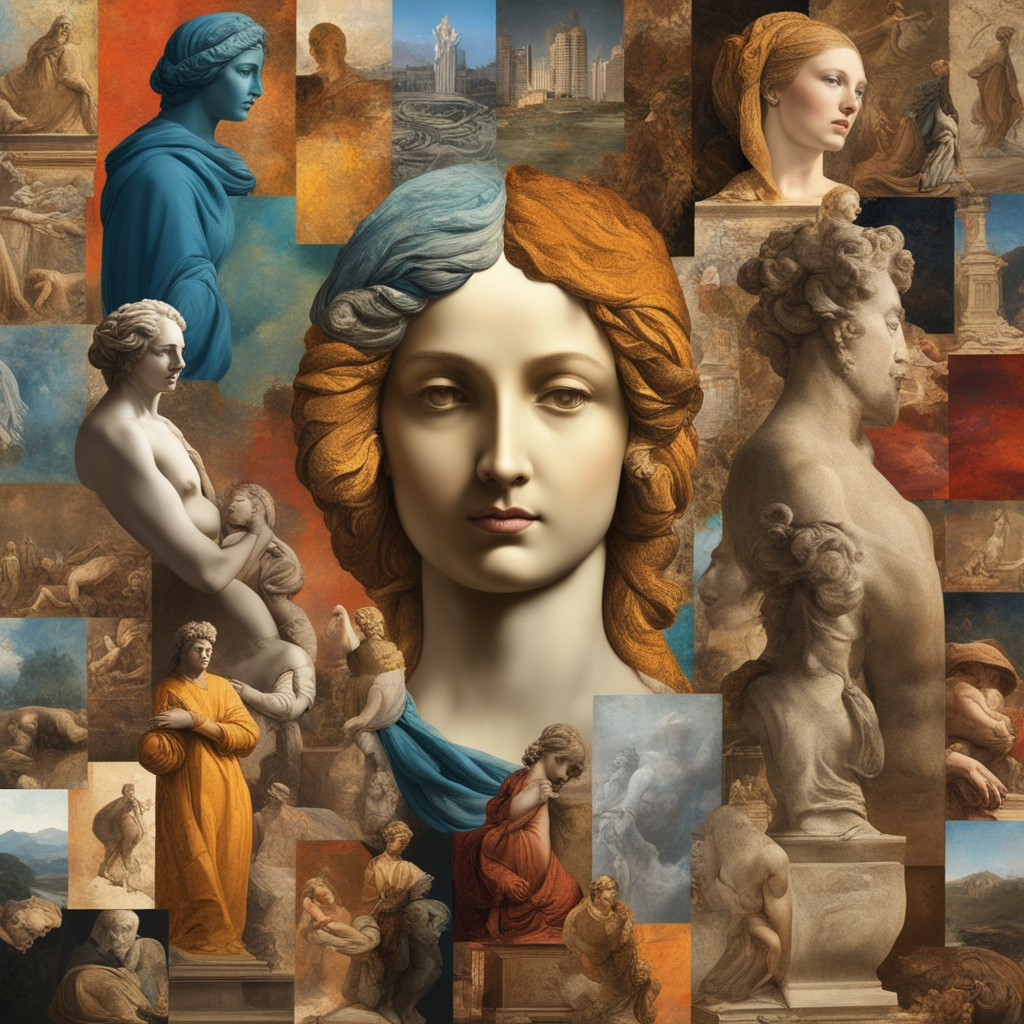The Essence of Art
Art, in its myriad forms, has been a fundamental human endeavor since the dawn of civilization. From the rudimentary cave paintings of prehistoric times to the sophisticated digital art of today, it serves as a testament to humanity’s enduring desire to express itself and make sense of the world. Art is not merely a representation of beauty but a profound language that communicates emotions, ideas, and narratives.

Art’s essence lies in its ability to transcend the mundane and touch the sublime. It speaks without words, evoking a spectrum of emotions and fostering an appreciation for the aesthetics around us. Whether through sculpture, painting, music, or dance, art captures the imagination, offering a lens through which we can explore different cultures, histories, and perspectives.
The Historical Evolution of Art
Human beings have been creating art for thousands of years, and the study of this evolution offers insights into shifting societal values, technologies, and ideologies. In ancient times, art was predominantly religious or ceremonial, with works like the Egyptian pyramids and Greek sculptures serving divine or heroic purposes.
The Renaissance era marked a significant turning point, characterized by a rekindled interest in classical antiquity and the emergence of humanism. This period saw an explosion of creativity and the flourishing of arts through figures like Leonardo da Vinci and Michelangelo. The Renaissance set the groundwork for subsequent movements, each reflective of the socio-political climate of its time—from the romanticism of the 18th and 19th centuries to the modernist tendencies of the 20th century.
The Role of Art in Society
Art plays a crucial role in shaping societal norms and reflecting cultural changes. It can challenge the status quo, provoke thought, and inspire action. Artists like Pablo Picasso and Frida Kahlo used their work to comment on political issues, personal struggles, and cultural identities, making art a conduit for social change.
Moreover, art has considerable therapeutic potential. Through creative expression, individuals can explore complex emotions and traumas, facilitating mental health and well-being. Art therapy is now a recognized discipline, employing creative methods to help individuals express themselves and overcome personal challenges.
The Intersection of Art and Technology
The digital revolution has significantly expanded the horizons of art. With tools like virtual reality, 3D printing, and digital illustration software, artists can create in ways previously unimaginable. The internet has democratized art, providing platforms for artists worldwide to share their work and reach audiences without geographic limitations.
The emergence of NFTs (Non-Fungible Tokens) has also transformed how art is bought, sold, and owned, raising questions about value, originality, and accessibility. These technological advances prompt a reevaluation of what constitutes art and offer exciting possibilities for the future.
Art Education: Fostering Creativity and Innovation
Art education is vital in nurturing creativity and innovation—skills crucial for success in today’s rapidly changing world. By engaging with the arts, students develop critical thinking, problem-solving abilities, and cultural awareness. These skills not only contribute to personal development but also enhance employability in various fields.
Incorporating art into educational curricula encourages students to think outside the box and take creative risks. It fosters an appreciation for diversity, teaching students to value different perspectives and ideas.
The Future of Art
As we look to the future, the art world continues to break boundaries and challenge norms. Artists are increasingly addressing global issues such as climate change, social justice, and digital identity, using their work as a force for advocacy.
Furthermore, collaborative efforts between artists and scientists are leading to innovative projects that blend art and science, offering new insights and solutions to complex problems. This interdisciplinary approach epitomizes the limitless potential of art in contributing to the advancement of society.
While the tools and mediums may evolve, the core essence of art as a means of expression and communication remains unchanged. Its ability to inspire, provoke, and connect people across cultures and generations ensures that art will continue to be an integral part of human experience.